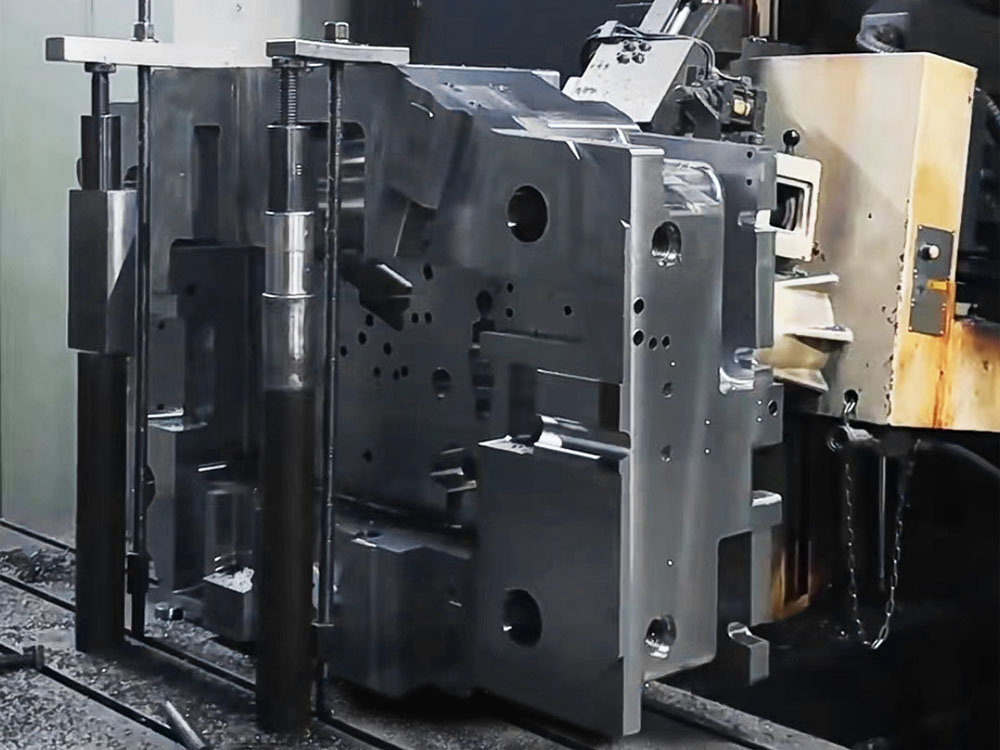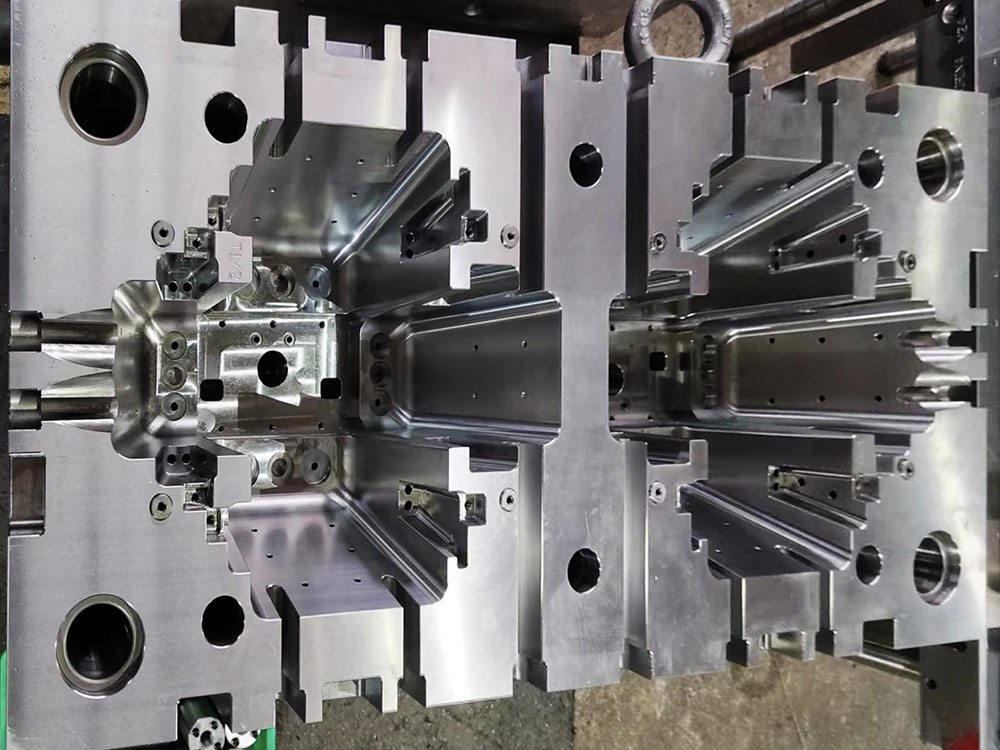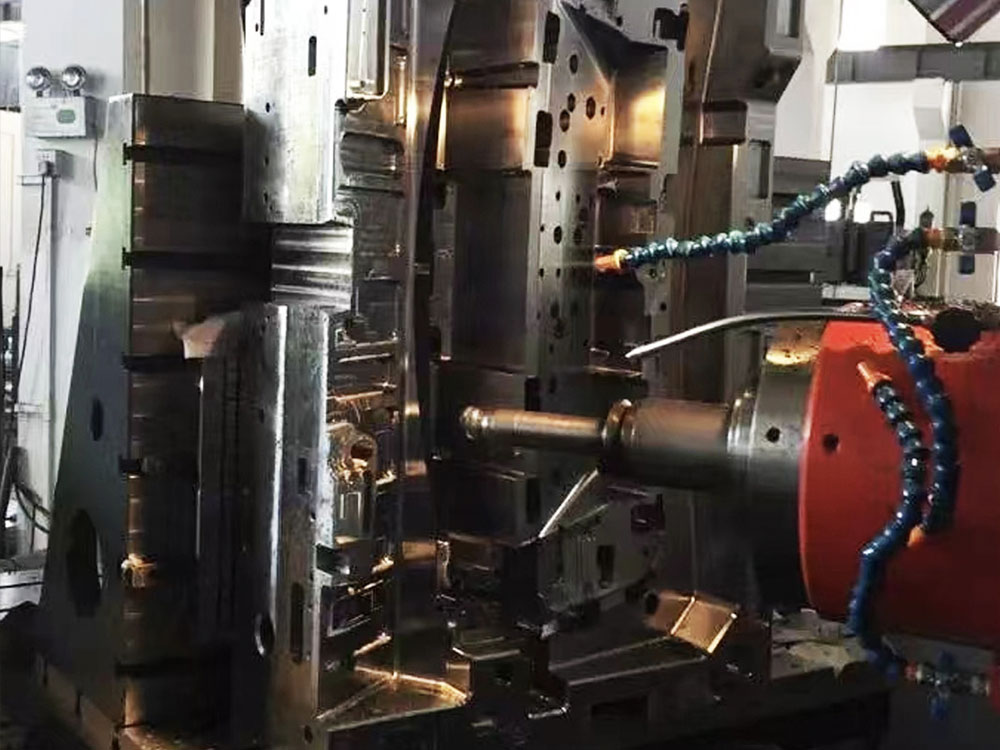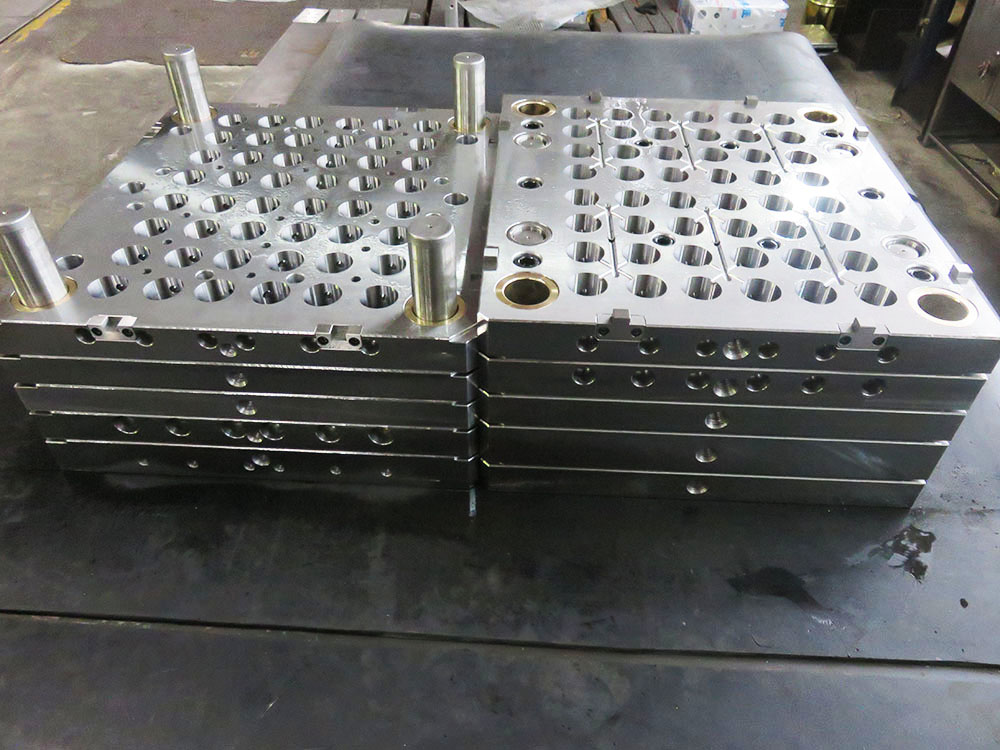How to Dismantle the Lower Die Frame of a Bending Machine
In the mold base industry, the effective maintenance and repair of bending machines is crucial to ensure smooth and efficient operations. One important aspect of this is dismantling and servicing the lower die frame. In this article, we will provide a step-by-step guide on how to dismantle the lower die frame of a bending machine with professionalism and clarity.
Step 1: Preparation
Prior to starting the dismantling process, it is important to ensure proper safety measures are in place. Make sure the machine is turned off and disconnected from the power source to avoid any accidents. Additionally, gather the necessary tools such as wrenches, pliers, and screwdrivers to aid in the dismantling process.
Step 2: Removing the Lower Die Holders
Begin by identifying and locating the lower die holders. These are typically secured to the lower die frame using bolts or screws. Use the appropriate tool to carefully remove these fasteners, ensuring not to damage the die holders or frame in the process. Once all fasteners are removed, the lower die holders should easily come off from the frame.
Step 3: Detaching the Lower Die Set
After removing the lower die holders, the next step is to detach the lower die set from the frame. This is typically accomplished by loosening the clamps or braces that secure the lower die set in place. Carefully loosen and remove these fasteners while keeping a firm hold on the lower die set to prevent it from falling or causing any damage.
Step 4: Removing the Lower Die Frame
With the lower die set detached, the lower die frame can now be dismantled. Start by inspecting the frame for any remaining attachments such as bolts, nuts, or pins. Carefully remove these attachments using the appropriate tools, keeping track of each removed component for easier reassembly later.
Step 5: Cleaning and Inspection
Once the lower die frame is dismantled, take the opportunity to clean each component thoroughly. Remove any dirt, debris, or residue accumulated during operation. Additionally, inspect each component for any signs of wear, damage, or corrosion. Any components showing signs of damage or excessive wear should be replaced to ensure optimal performance and prolong the lifespan of the bending machine.
Step 6: Reassembly
After cleaning and inspecting each component, it is time to reassemble the lower die frame. Begin by following the reverse order of the dismantling process, carefully attaching each component back to the frame. Ensure that all fasteners are tightened properly, but not overly tightened to avoid damaging the components.
Step 7: Testing and Adjustment
Once the lower die frame is reassembled, it is important to conduct thorough testing and adjustment to ensure its proper functionality. Connect the bending machine to the power source and test its operation. Observe the movement and alignment of the lower die frame during the bending process and make any necessary adjustments to ensure optimal performance and accuracy.
By following these step-by-step instructions, the dismantling and servicing of the lower die frame of a bending machine can be done professionally and efficiently. Regular maintenance and repair of bending machines are essential for the mold base industry to achieve precise and reliable bending operations.




